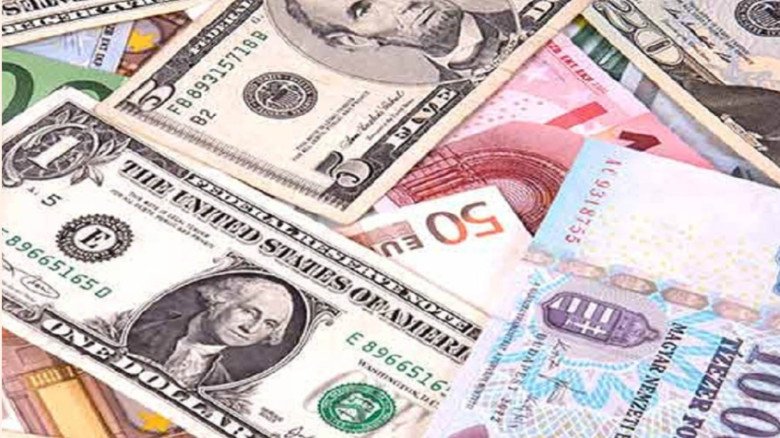
Forex-reserves buildup gets cautious IMF plaudits

The International Monetary Fund (IMF) has cautiously welcomed Bangladesh’s recent buildup of foreign-exchange reserves, pending a review to ensure that the central bank’s market operations align with the Fund’s prescribed exchange-rate framework.
An IMF mission is set to arrive in Dhaka this week for the fifth review of Bangladesh’s progress under its US$5.5 billion loan programme, which aims to stabilise the country’s macroeconomic conditions. The information was confirmed by Thomas Helbling, deputy director of the IMF’s Asia and Pacific Department.
“They will conduct discussions with the authorities, and it remains to be seen what the outcome is. The mission will be in the field,” Helbling said during a press briefing in Hong Kong on Friday on the IMF’s Regional Economic Outlook for the Asia-Pacific region.
He noted that strengthening and increasing reserves to reduce balance-of-payments vulnerabilities is a core objective of the programme. “The central bank’s success in accumulating reserves is welcome, and the review mission will assess whether the modalities were consistent with the exchange-rate regime,” he added.
Under the IMF’s prescribed free-floating exchange-rate system, Bangladesh Bank has purchased about US$2.12 billion from commercial banks since July 13 as part of its market-intervention strategy to bolster reserves.
According to central bank data, the country’s foreign-exchange reserves—measured under the IMF’s Balance of Payments Manual 6 (BPM6) standard—rose to US$27.35 billion as of October 21, 2025, up from US$26.60 billion in September.
© সকল কিছুর স্বত্বাধিকারঃ জাতীয় খবর